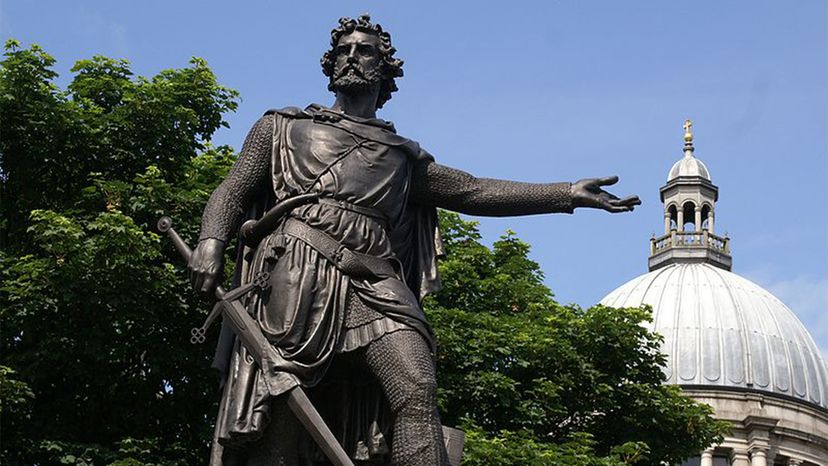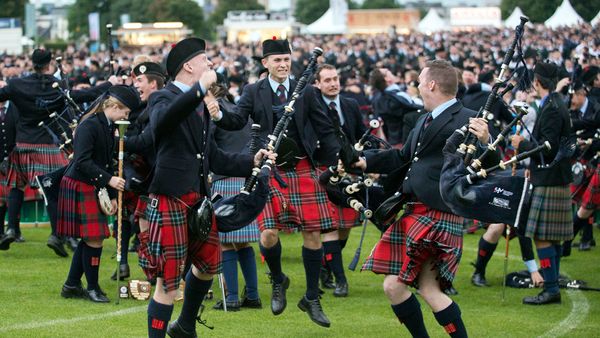Google "Braveheart inaccuracies" and you may spend the remainder of your day scrolling through pages and pages of (rightfully) irate commentary. The 1995 film definitely took some liberties with Wallace's story (for one thing, he did not wear a tartan kilt — those didn't show up until 500 years later). While the film did bring international attention to Wallace's story, it didn't exactly do it justice, according to experts.
"Aside from a 1975 novel by Nigel Tranter ('The Wallace'), there have been very few representations of William Wallace in popular culture, which makes 'Braveheart' influential in the public's image of the man," Tom Turpie, project historian and history lecturer at the University of Stirling writes via email.
"In general, I find that these representations of Wallace, especially 'Braveheart,' fall into a trap that we often find with medieval Scottish history. Very often, as we find in 'Braveheart,' the popular presentation of the subject (either through film, at historic sites and increasingly on television), is so simplified or includes unnecessary fictions (like Wallace meeting the English queen in 'Mary, Queen of Scots,' and films having him meet Elizabeth I, etc.) that are much less interesting than what actually happened. I never understand the need to make up anything about Scotland's medieval past as the reality is always more interesting than any fiction!
"The main problem, specifically with 'Braveheart' (aside from its many historical inaccuracies), is that it gives Wallace rather simplistic 20th-century motivations — nationalism, desire for political self-determination and autonomy — and completely misunderstands his social status (he was a minor nobleman from the southwest, not a highland peasant living in a mud hut wearing tartan)," Turpie says.



